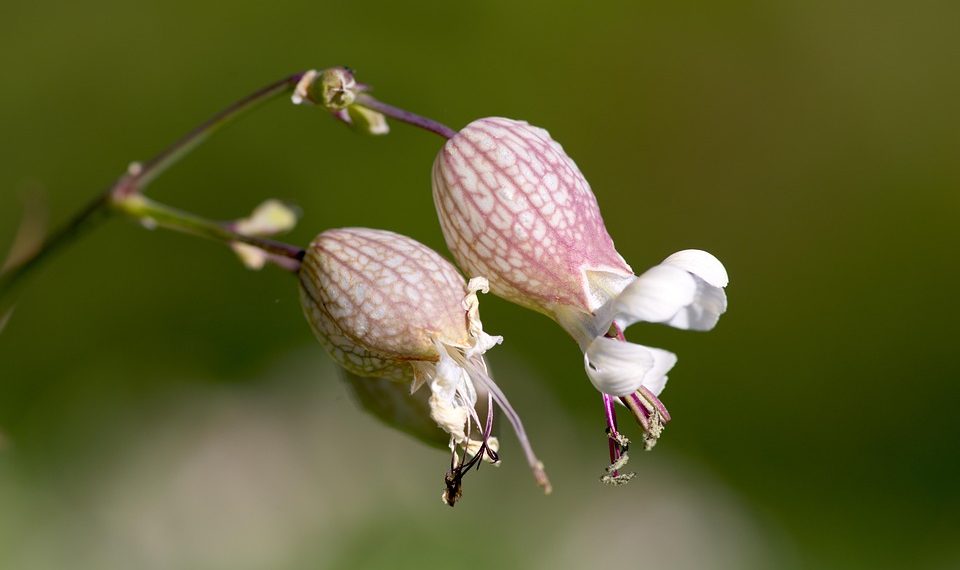Overactive bladder can feel like a relentless shadow in your life, constantly reminding you of your limitations. If you’re grappling with this condition, know you’re not alone. It affects millions of people, disrupting daily routines and impacting emotional well-being. Let’s dive into 7 tips for effectively managing overactive bladder today that can truly empower you.
Contents
- Understanding Overactive Bladder
- Why Managing OAB Matters
- Tip 1: Understand Your Triggers
- Tip 2: Practice Bladder Training
- Tip 3: Pelvic Floor Exercises
- Tip 4: Stay Hydrated, but Strategically
- Tip 5: Explore Dietary Adjustments
- Tip 6: Consult with a Healthcare Professional
- Tip 7: Embrace Mindfulness and Relaxation Techniques
- Bottom Line
- FAQs
Understanding Overactive Bladder
Overactive bladder (OAB) is more than just frequent trips to the restroom. It’s a complex condition characterized by a sudden, uncontrollable urge to urinate, often accompanied by increased frequency and, at times, incontinence. This can lead to feelings of embarrassment, anxiety, and isolation. Understanding your body and how it responds is the first step toward regaining control.
Why Managing OAB Matters
Taking charge of overactive bladder is crucial for reclaiming your life. When you manage OAB effectively, you can:
- Enjoy social outings without fear.
- Sleep more peacefully through the night.
- Engage in physical activities without hesitation.
These improvements can uplift your mood, enhance your relationships, and improve your overall quality of life. Let’s explore some actionable tips that can help you navigate this journey.
Tip 1: Understand Your Triggers
Recognizing what exacerbates your overactive bladder is vital. Common triggers might include:
- Caffeine: Found in coffee, tea, and colas, caffeine can irritate the bladder.
- Alcohol: It can act as a diuretic, leading to increased urgency.
- Spicy foods: These can irritate the bladder lining.
Keep a diary for a week to track what you eat and drink, noting when you experience increased urgency. This insight can help you make informed choices and avoid certain irritants.
Tip 2: Practice Bladder Training
Bladder training isn’t just a fancy term; it’s a practical approach that can lead to significant improvements. The idea is to gradually increase the time between bathroom visits. Here’s how to do it:
- Set a schedule: Start with short intervals, like every hour.
- Gradually extend: Once you feel comfortable, increase the intervals by 15 minutes.
- Stay consistent: Stick to the schedule even if you feel the urge to go.
This technique can help retrain your bladder and reduce urgency over time.
Tip 3: Pelvic Floor Exercises
Strengthening your pelvic floor muscles can greatly benefit those managing overactive bladder. These exercises, often referred to as Kegels, help improve bladder control. Here’s how to do them:
- Identify the muscles: Try stopping urination midstream; those are your pelvic floor muscles.
- Contract and hold: Tighten these muscles for 5 seconds, then relax for 5 seconds.
- Repeat: Aim for 10 repetitions, three times a day.
Regular practice can lead to improved bladder control and reduced urgency.
Tip 4: Stay Hydrated, but Strategically
Hydration is essential, but how you manage it can make a difference. Instead of cutting back on fluids, focus on how and when you drink:
- Drink throughout the day: Avoid chugging large amounts at once.
- Limit fluids before bedtime: Try to reduce intake 2-3 hours before sleep.
- Choose water: Opt for water instead of caffeinated or alcoholic beverages.
Staying hydrated without overloading your bladder is key.
Tip 5: Explore Dietary Adjustments
Your diet plays a significant role in managing overactive bladder. Consider incorporating foods that can promote better bladder health:
- Fruits: Blueberries and bananas are gentle on the bladder.
- Vegetables: Leafy greens and bell peppers can be beneficial.
- Whole grains: Brown rice and oatmeal can help with overall digestive health.
Conversely, steer clear of foods that may irritate your bladder, such as citrus fruits and artificial sweeteners.
Tip 6: Consult with a Healthcare Professional
Don’t navigate your journey alone. A healthcare professional can provide personalized advice and may suggest:
- Medications: Anticholinergics can help calm an overactive bladder.
- Physical therapy: A specialized therapist can help with pelvic floor exercises.
- Behavioral therapy: Techniques like cognitive behavioral therapy may assist in managing anxiety related to OAB.
Your healthcare provider can help tailor a plan that aligns with your specific needs.
Tip 7: Embrace Mindfulness and Relaxation Techniques
Stress can exacerbate overactive bladder symptoms. Incorporating mindfulness and relaxation techniques can help you manage your condition better:
- Deep breathing: Simple breathing exercises can reduce anxiety and urgency.
- Meditation: Spend a few minutes daily focusing on your breath or using guided meditations.
- Yoga: Gentle yoga can promote relaxation and improve pelvic floor strength.
These practices can help you foster a more positive relationship with your body.
Bottom Line
Managing overactive bladder isn’t just about finding solutions; it’s about empowering yourself to live fully. By understanding triggers, practicing bladder training, strengthening pelvic floor muscles, and making informed dietary choices, you can take significant strides toward a more manageable life.
You deserve freedom and joy in your daily activities, and implementing these tips can help pave the way. Don’t hesitate to reach out to healthcare professionals for support tailored to your needs.
Take charge today. Your life is waiting.
FAQs
1. What is overactive bladder?
Overactive bladder is a condition characterized by a sudden, uncontrollable urge to urinate, often resulting in frequent urination and, at times, incontinence.
2. Can diet affect overactive bladder?
Absolutely. Certain foods and beverages can irritate the bladder, while others can promote bladder health. Keeping a food diary can help identify triggers.
3. How can I strengthen my pelvic floor?
Kegel exercises are an effective way to strengthen pelvic floor muscles, which can improve bladder control.
4. Should I consult a doctor for overactive bladder?
Yes, consulting a healthcare professional is crucial for personalized advice and treatment options tailored to your needs.
5. Can mindfulness help with overactive bladder?
Mindfulness and relaxation techniques can reduce stress and anxiety, which may help manage overactive bladder symptoms.
Get Your FREE Natural Health Guide!
Subscribe now and receive our exclusive ebook packed with natural health tips, practical wellness advice, and easy lifestyle changes — delivered straight to your inbox.
















